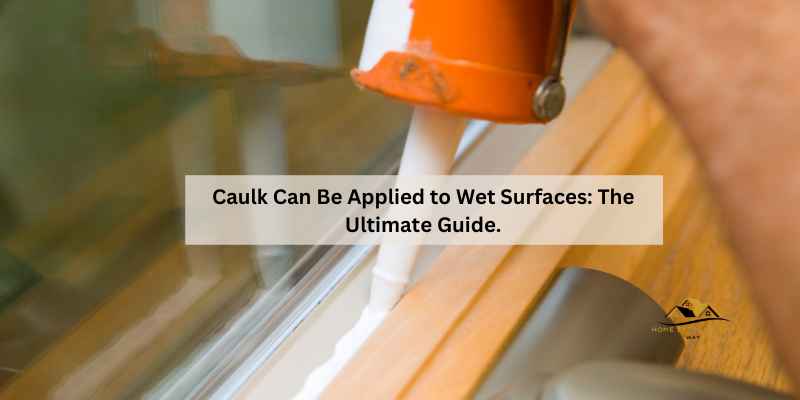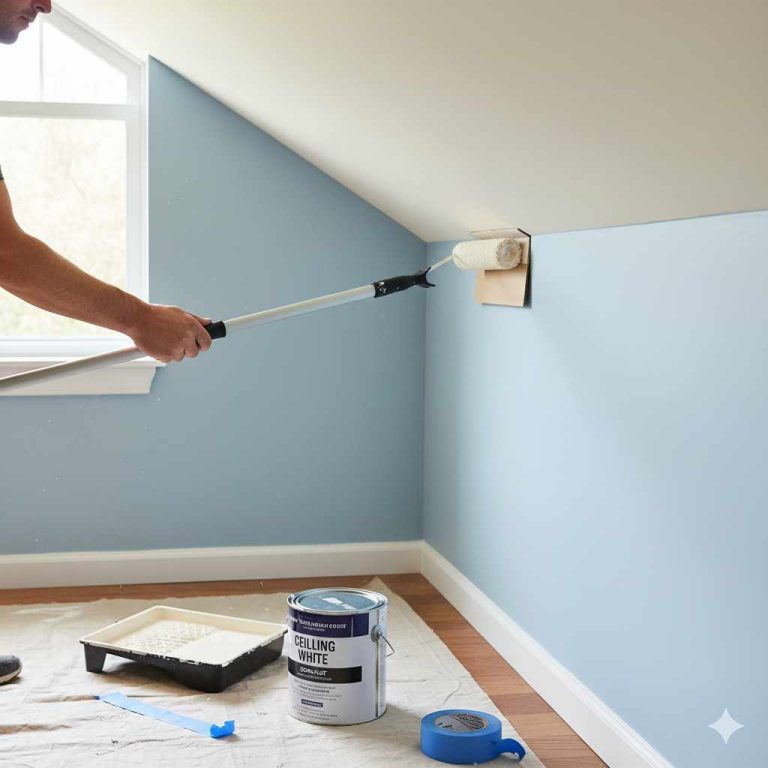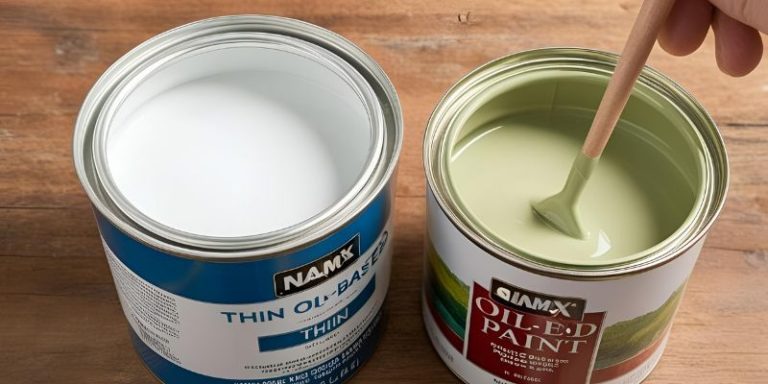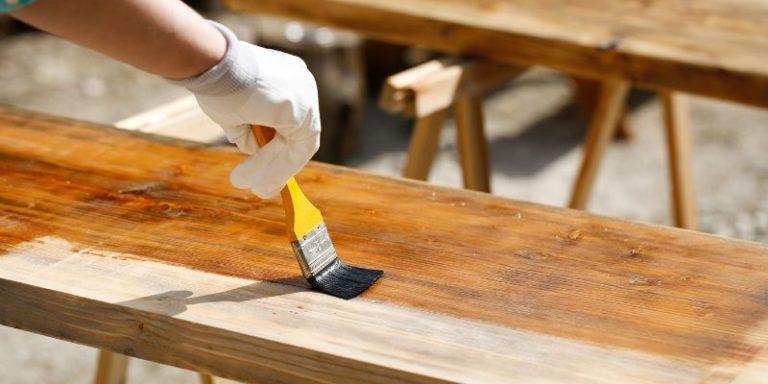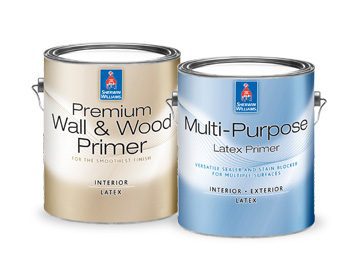Caulk Can Be Applied to Wet Surfaces: The Ultimate Guide.
Caulk can be applied to wet surfaces. Adiseal is the best wet sealant suitable for dry, damp, wet, and underwater applications.
It offers instant sealing, strong mold resistance, and color retention underwater, making it a versatile choice for various sealing needs. When caulk gets wet before curing, it may take longer to dry or compromise the tight seal. Proper surface preparation is crucial before caulking to ensure a successful and long-lasting seal.
Adiseal stands out as a reliable option for sealing wet surfaces effectively. Its ability to adhere in wet conditions makes it a go-to choice for projects requiring a durable and waterproof seal.
Types Of Caulk
Silicone Caulk
Silicone caulk is a versatile and durable option that can be used in various applications. It is known for its excellent adhesion and flexibility, making it suitable for both indoor and outdoor use. Silicone caulk is resistant to moisture, making it an ideal choice for wet surfaces. It is available in a range of colors and can be used for sealing gaps and joints in bathrooms, kitchens, and other wet areas.
Acrylic Latex Caulk
Acrylic latex caulk is a popular choice for general sealing and filling applications. It is easy to apply and can be painted over, making it suitable for a wide range of projects. While it may not be as resistant to moisture as silicone caulk, it still performs well in wet environments. Acrylic latex caulk is an affordable and versatile option for sealing gaps and cracks in wet areas.
Polyurethane Caulk
Polyurethane caulk is a strong and durable option that offers excellent adhesion and flexibility. It is particularly well-suited for outdoor use and can withstand exposure to harsh weather conditions. Polyurethane caulk is also highly resistant to moisture, making it suitable for wet surfaces. It is commonly used for sealing joints and cracks in decks, patios, and other outdoor structures.
Best Practices For Applying Caulk To Wet Surfaces
When applying caulk to wet surfaces, ensure proper adhesion by choosing a high-quality sealant like Adiseal. This versatile sealant works effectively in damp or wet conditions, providing a strong and durable bond for various applications. Follow manufacturer guidelines and allow adequate drying time for best results.
Surface Preparation
Before applying caulk to wet surfaces, ensure the area is clean and free of debris. Use a damp cloth to wipe the surface and remove any moisture or dirt.
Choosing The Right Caulk
Select a caulk that is specifically designed for wet environments to ensure long-lasting adhesion. Silicone-based caulks are ideal for wet surfaces as they are water-resistant.
Application Techniques
Apply the caulk in a steady and even motion to create a smooth seal. Use a caulk gun for precise application and ensure the caulk completely covers the area. Allow the caulk to dry for the recommended time before exposing it to moisture.
Common Misconceptions
Applying caulk to wet surfaces is a common misconception. Caulk will not adhere properly to wet surfaces, compromising its seal. It’s crucial to ensure surfaces are completely dry before applying caulk for effective and long-lasting results.
Caulk Curing In Wet Conditions
One common misconception is that caulk cannot cure in wet conditions. However, with advancements in technology, there are specialized caulks that can effectively cure even when applied to wet surfaces. These caulks are designed to create a strong and durable seal, regardless of the moisture present during application.
Caulking Over Water
Another misconception is that caulking over water is ineffective. In reality, certain high-quality caulks are formulated to adhere to wet surfaces, making them suitable for use in areas prone to water exposure. This allows for efficient sealing and protection against water damage in various applications.
Benefits Of Caulking Wet Surfaces
Applying caulk to wet surfaces offers immediate sealing benefits, ideal for quick fixes in damp areas. This method ensures efficient waterproofing and prevents moisture damage effectively. By using caulk on wet surfaces, you can achieve a secure seal even in challenging conditions.
Preventing Water Damage
Caulking wet surfaces can help prevent water damage by creating a watertight seal that prevents moisture from seeping into cracks and crevices. This is especially important in areas prone to heavy rainfall or high humidity, where water infiltration can lead to mold growth and structural deterioration.
Enhancing Durability
Caulking wet surfaces enhances the durability of structures by protecting them from water-related damage. By sealing gaps and joints in wet conditions, caulk can help prevent deterioration and prolong the lifespan of various materials, such as wood, concrete, and metal.
Recommended Products
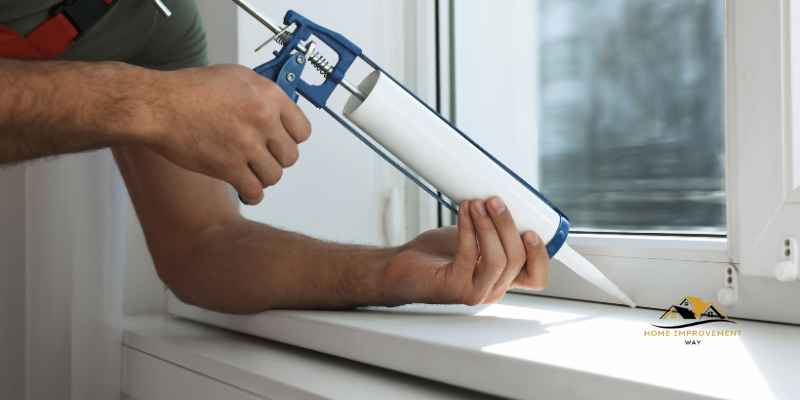
When it comes to caulking wet surfaces, using the right products is crucial for a successful outcome. Here are some recommended products from top brands to consider for your caulking needs:
Top Silicone Caulk Brands
- ULINE – Offers a variety of silicone caulk options in different colors and sizes, including crack/crevice and rubber pipe sealants.
- Build.com – Provides high-quality silicone caulk suitable for wet surfaces, available in clear, white, and rubber pipe options.
- Amazon.com – Offers a clear crack/crevice silicone caulk, ideal for wet applications, with the added benefit of color retention.
High-quality Polyurethane Caulk
- Harbor Freight Tools – Carries DAP ALEX PLUS Acrylic Latex Plus Silicone Clear Caulk, a polyurethane-based sealant suitable for wet areas.
- Home Depot – Provides a range of polyurethane caulk options in different colors, including white and clear, designed for wet surface applications.
- Walmart – Offers polyurethane caulk in clear and white variations, suitable for sealing wet surfaces effectively.
Case Studies And Demonstrations
Caulk’s versatility shines as it can be applied to wet surfaces, offering a reliable sealant solution. Adiseal emerges as a top choice, sealing instantly with strong mold resistance, even underwater. Avoiding compromised performance due to premature exposure to moisture ensures optimal caulking results.
How-to Videos: Applying Caulk To Wet Surfaces
Caulking wet surfaces might seem impossible, but it can be done with the right technique and tools. To help you understand the process, Homes by WestBay has created a short video that walks you through the steps. The video covers everything from inspecting the caulking to choosing the correct caulk, applying painter’s tape, and letting the caulk dry for several hours. By following these steps, you can ensure that your caulking job is done correctly, even on wet surfaces.
Successful Applications In All Weather Conditions
Caulk can be applied in all weather conditions, but not all caulks are created equal. Some caulks are designed specifically for use in extreme temperatures, while others are better suited for mild conditions. Mr and Mrs DIY have conducted a test to determine the best sealant for outdoor use in all weather conditions. They found that Adiseal is the best wet sealant as it works in dry, damp, wet, and even underwater conditions. This means that you can use Adiseal for all your caulking needs, regardless of the weather conditions.
In conclusion, caulking wet surfaces is possible, and with the right technique and tools, it can be done effectively. Case studies and demonstrations have shown that applying caulking to wet surfaces can be achieved by following simple steps, using the right caulk, and choosing the best sealant for outdoor use in all weather conditions. By keeping these factors in mind, you can achieve a successful caulking job, even on wet surfaces.
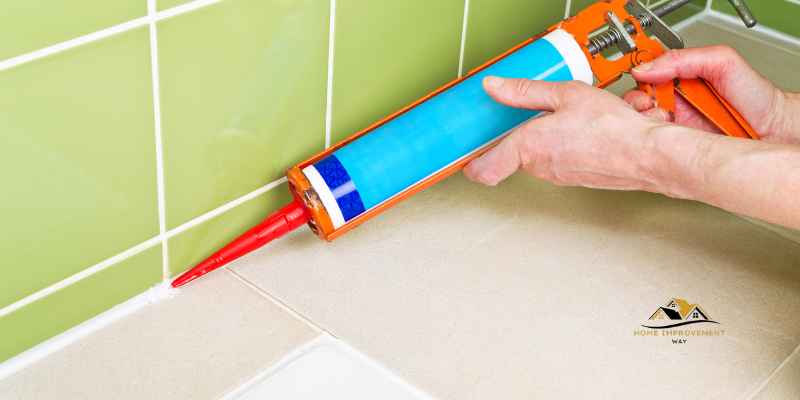
Frequently Asked Questions
What Sealant Can Be Applied To Wet Surfaces?
Adiseal is the best sealant for wet surfaces, including damp and underwater conditions. It seals instantly and has the strongest mold resistance and color retention underwater. If caulk gets wet before curing, its performance may be compromised, so it’s crucial to use a suitable sealant for wet conditions.
Will Caulk Cure If It Gets Wet?
Caulk won’t cure properly if it gets wet before drying. It may take longer to dry or create a compromised seal.
Can You Caulk Over Water?
Yes, you can caulk over water. However, it is important to ensure that the surface is clean and dry to allow the new caulk to adhere properly. Additionally, if the caulk gets wet before it completely cures, it may take longer to dry and cure or compromise the seal.
It is recommended to use a wet sealant like Adiseal for the best results.
Can You Apply Silicone In Wet Conditions?
Yes, you can apply silicone in wet conditions, as it works in dry, damp, wet, and even underwater situations.
Conclusion
Caulking wet surfaces is possible with the right products like Adiseal, allowing for versatile applications in various weather conditions. Ensuring a clean and dry surface is crucial for successful caulking. By understanding the best practices and suitable products, you can achieve long-lasting and effective caulking results for wet areas.

